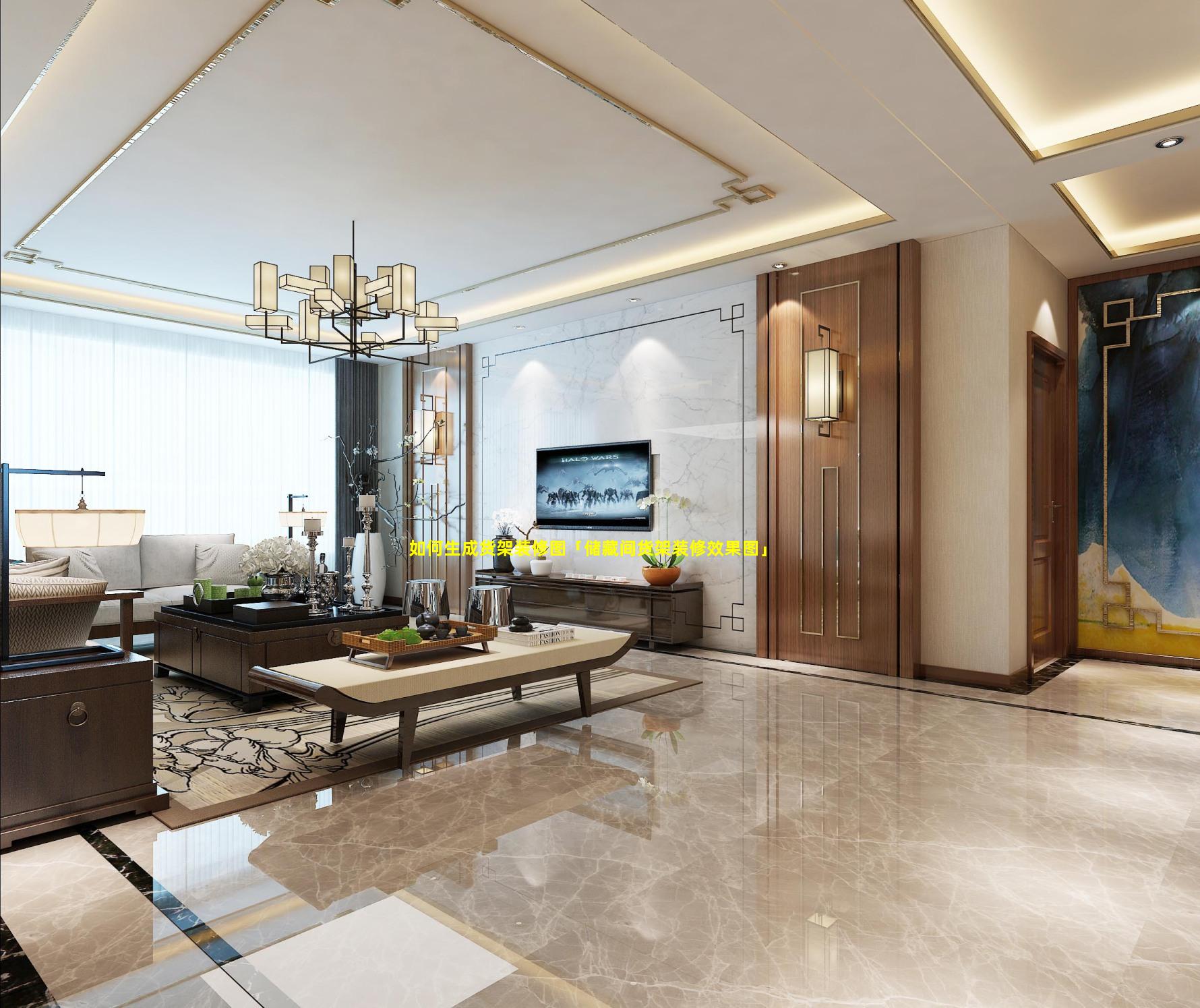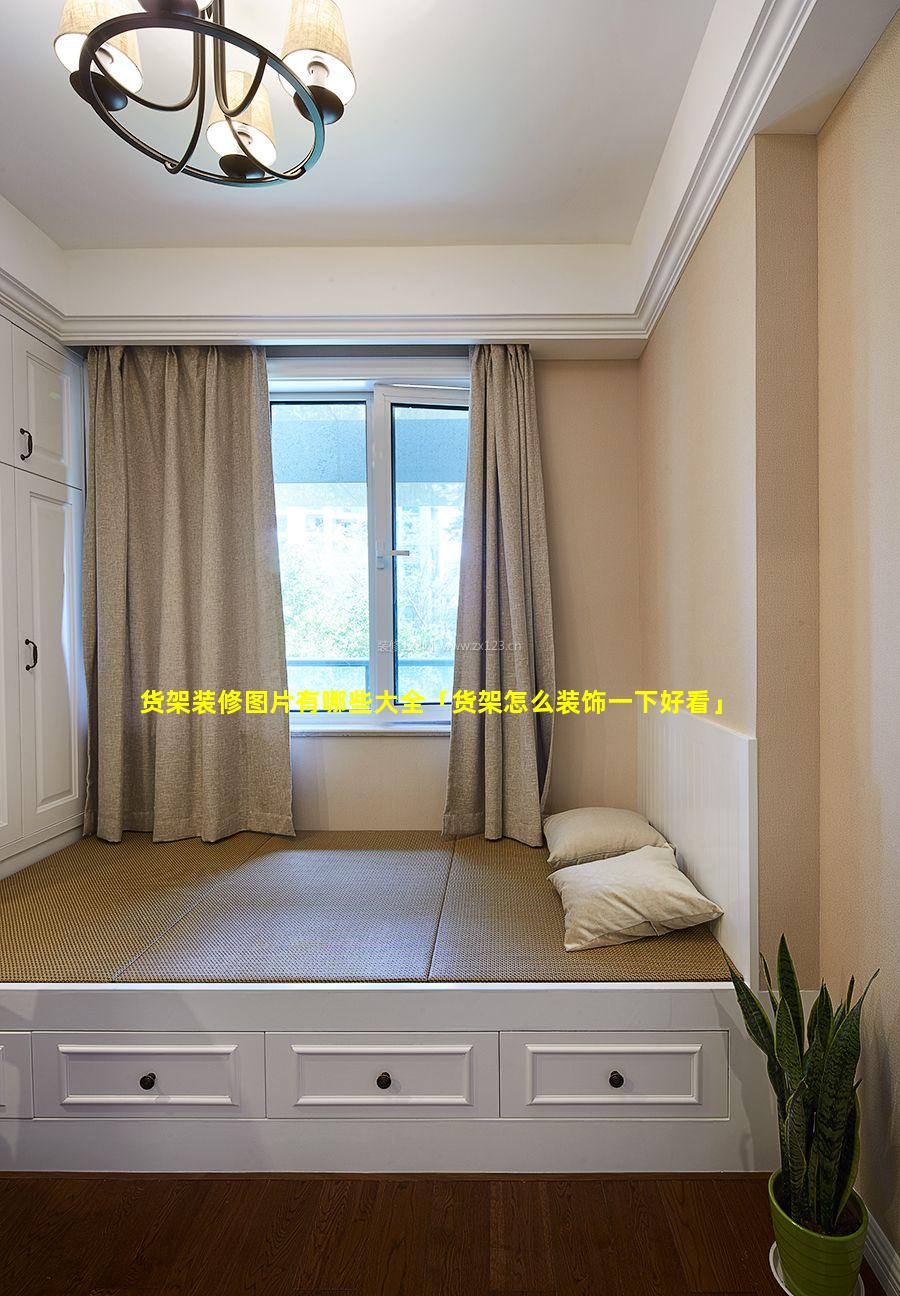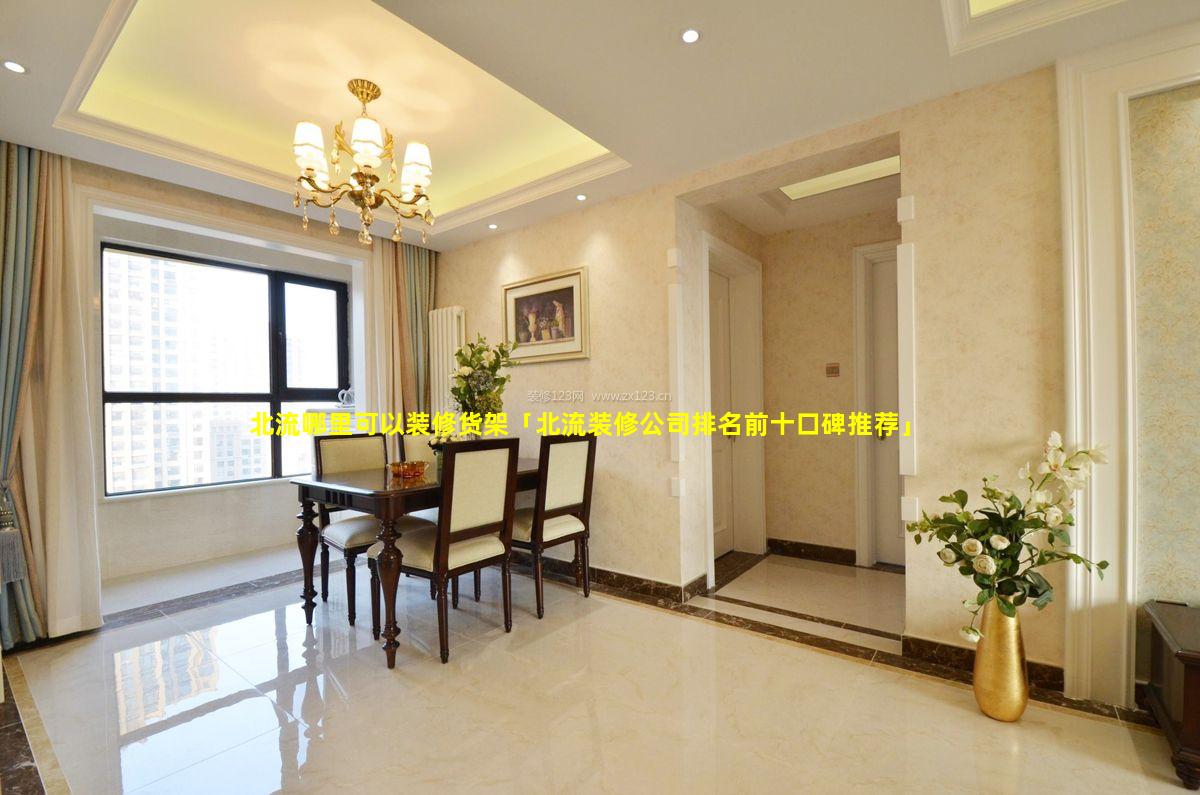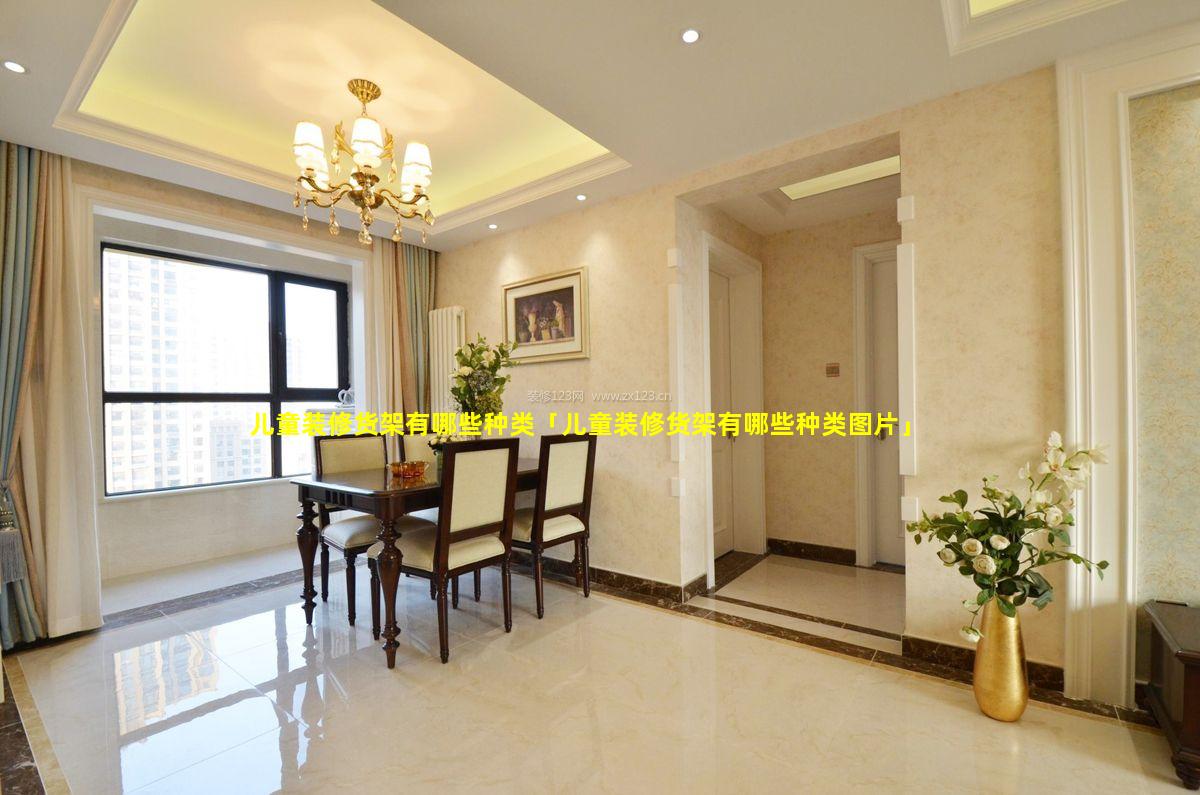1、如何生成货架装修图
生成货架装修图的步骤
1. 确定货架布局和尺寸
测量安装货架的空间并确定所需的尺寸。
考虑货架的高度、宽度和深度,以及所需的搁板数量。
计划货架之间的间距,确保有足够的空间用于访问和取回物品。
2. 选择货架材料
根据承重要求和美观需求选择货架材料。
常见选项包括钢制、铝制、木材和层压板。
3. 设计搁板布局
规划搁板的间距和高度,以适应您需要存放的物品。
考虑重物和易碎物品的存放空间。
根据需要添加抽屉、隔板或其他配件。
4. 使用设计软件
使用专门的货架设计软件,例如 AutoCAD 或 SketchUp Pro。
这些软件允许您创建准确的模型,查看货架的 3D 可视化,并优化布局。
5. 创建图纸
根据您的设计,创建货架装修图。
包括整体尺寸、搁板布局、材料规格和任何特殊要求。
确保图纸清晰准确。
6. 获取反馈和批准
将图纸与利益相关者共享,例如建筑师、工程师或客户。
寻求反馈并根据需要进行调整。
获得必要的批准,然后继续安装货架。
7. 安装货架
按照货架装修图仔细安装货架。
确保货架安全稳定,并按照制造商的说明进行操作。
提示:考虑货架的用途和装载能力。
选择与周围环境相匹配的材料和设计。
如果您不熟悉货架设计,请咨询专业人士。
定期检查货架并根据需要进行维护。
2、储藏间货架装修效果图
[图片:储藏间货架装修效果图1.jpg]
[图片:储藏间货架装修效果图2.jpg]
[图片:储藏间货架装修效果图3.jpg]
[图片:储藏间货架装修效果图4.jpg]
[图片:储藏间货架装修效果图5.jpg]

3、女装店装修货架摆放图
[Image of a store floor plan with shelving units arranged in various configurations]
General Guidelines for Women's Clothing Store Shelving
Create a welcoming atmosphere: Use bright colors, soft lighting, and attractive displays to create an inviting shopping environment.
Maximize space: Utilize vertical space by using tall shelving units and displaying items on multiple levels.
Categorize merchandise: Group similar items together, such as tops, skirts, dresses, and accessories, to make it easy for customers to find what they're looking for.
Showcase key items: Highlight new arrivals, bestsellers, or promotional items by placing them in prominent locations, such as at the front of the store or on eyecatching displays.
Consider customer flow: Arrange shelving units in a way that allows customers to easily move around the store and browse items without feeling crowded.
Specific Shelving Configurations
Grid Display: A grid display is a versatile way to display a variety of items, such as tops, skirts, and dresses. It consists of a series of horizontal and vertical bars that can be used to hang or display items on shelves or hooks.
Slatwall Display: Slatwall is a type of wallmounted panel that has evenly spaced slots. Slatwall accessories, such as shelves, hooks, and bins, can be attached to the slots to create a customized display system.
Freestanding Display: Freestanding displays are not attached to the wall and can be placed anywhere in the store. They are often used to display seasonal items, promotional items, or items that need to be highlighted.
Combination Displays: A combination display combines different types of shelving units to create a unique and visually appealing display. For example, a combination display might include a grid display for hanging items, a slatwall display for displaying shelves and accessories, and a freestanding display for highlighting key items.
Additional Design Considerations
Lighting: Proper lighting is essential for highlighting merchandise and creating a comfortable shopping environment. Use a combination of natural and artificial light, and direct light towards key display areas.
Color: The color scheme of your store can influence the mood and atmosphere. Choose colors that are both visually appealing and consistent with the brand identity of your store.
Accessories: Accessories, such as mirrors, mannequins, and display props, can help to enhance the presentation of merchandise and create a more immersive shopping experience.
Tips for Merchandising
Create visual interest: Use height variation, color blocking, and layering to create visually appealing displays that draw attention to merchandise.
Use mannequins: Mannequins can be used to showcase complete outfits and provide customers with inspiration on how to style items.
Highlight key items: Use pointofpurchase displays, such as shelf talkers and end caps, to highlight new arrivals, bestsellers, or promotional items.
Keep displays organized: Regular maintenance is essential for keeping displays looking neat and tidy. Regularly restock items, remove empty hangers, and dust shelves and fixtures.


